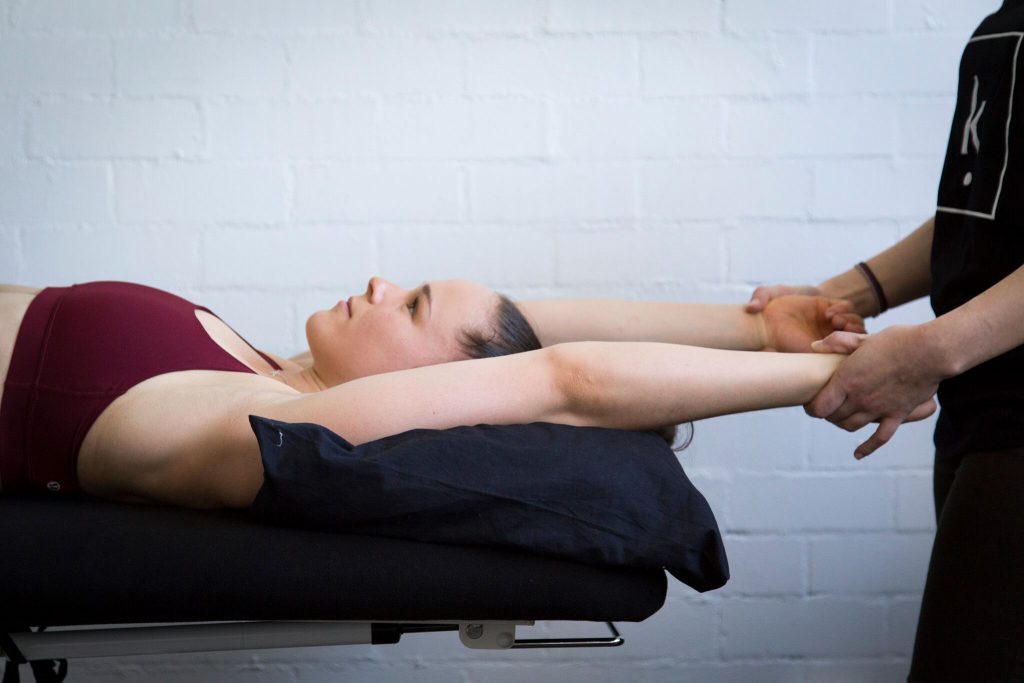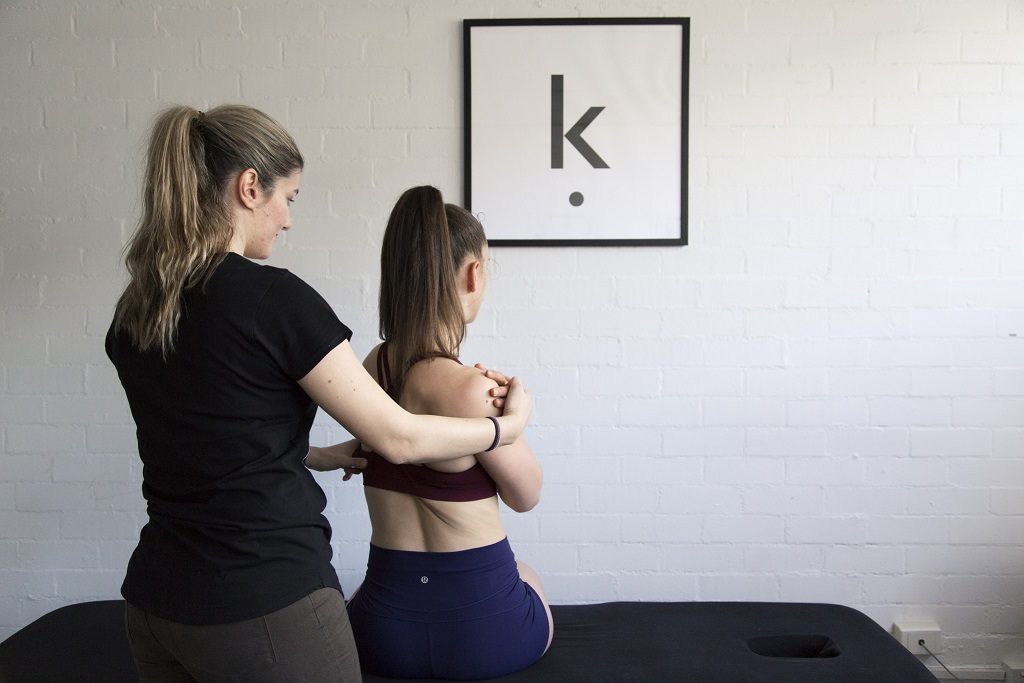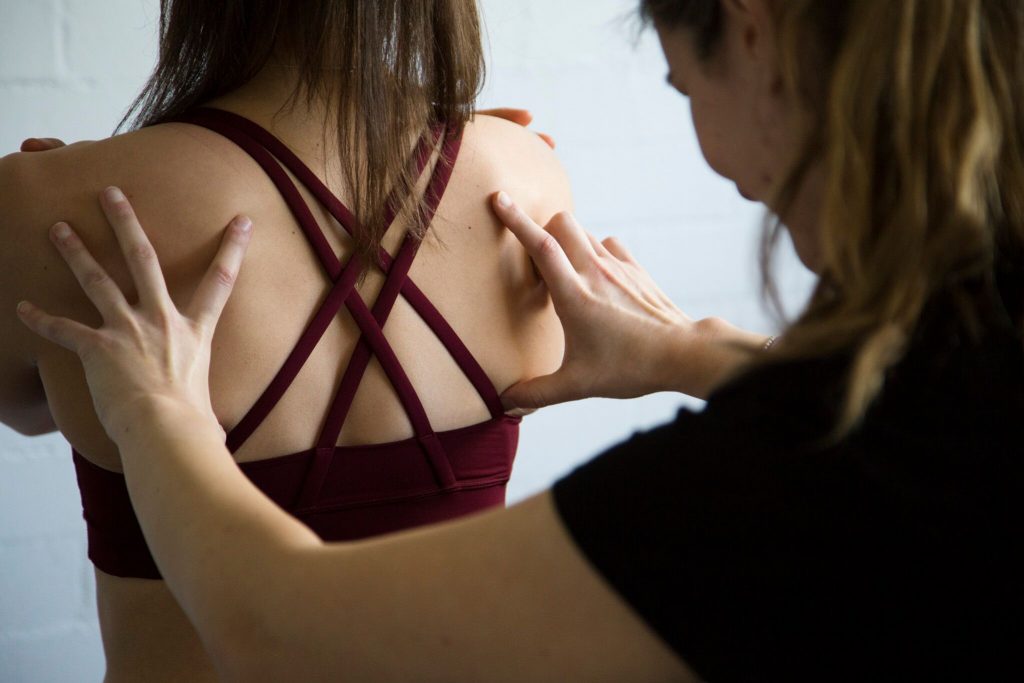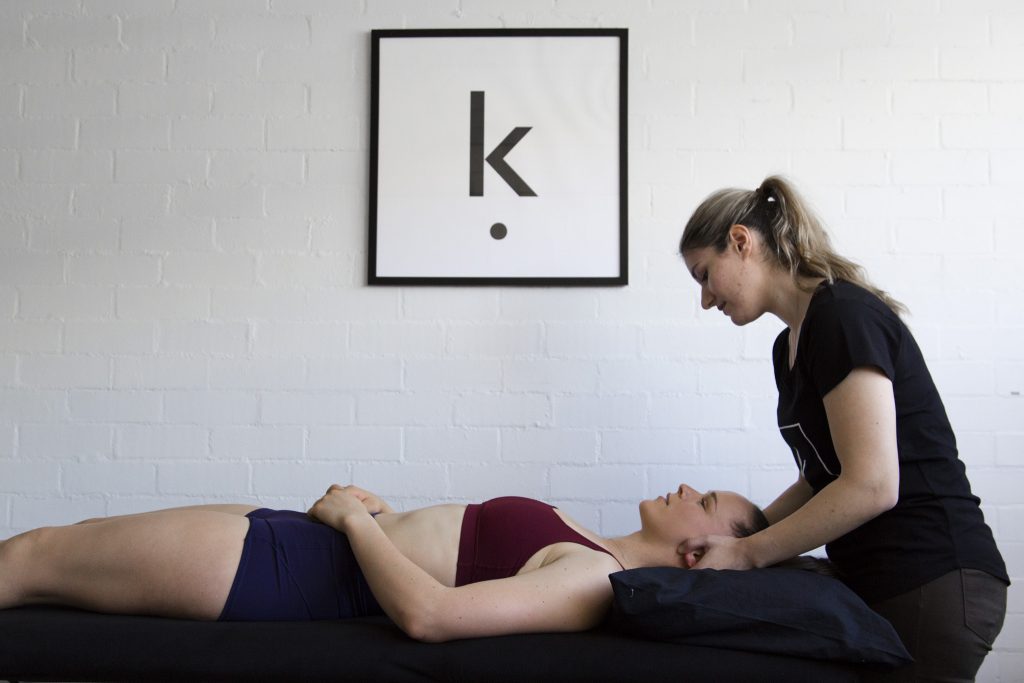How we treat tennis elbow.
September 20thWhy do I have “tennis elbow” when I don’t play tennis you may ask? Tennis elbow is most often caused by excessive and repetitious movement of the hand upwards when the palm is down (wrist extension). The muscles that accomplish this movement are also critical in any gripping actions. So as you can imagine, you don’t have to have played tennis to get tennis elbow. Though obviously, the wrist motion prevalent in tennis is what many people were aggravated by, thus getting its name.
Tennis elbow is a tendinopathy condition affecting the outer elbow area and top of the forearm. Tendinopathy meaning simply a pathology or dysfunction of the tendon. In medical terms, this is also known as lateral epicondylitis. While the pain is most commonly felt in the elbow, as previously mentioned the cause of the irritation is often due to movements of the wrist.

Bones and muscles generally have a good blood supply to carry nutrients to assist with healing. Tendons, on the other hand, do not benefit from a rich blood supply nor do they have the ability to produce good quality collagen to repair itself. This is exactly why proper care needs to be taken during the treatment process to provide the best possible environment for the tendon to aid its recovery. Tennis elbow is, unfortunately, one of those annoying injuries that just don’t seem to get better on their own.
Another reason why tennis elbow can be so difficult to manage is that the hands and wrists are in charge of so many daily tasks and are under a large amount of load.
The most common activities that have the potential to cause tennis elbow are:
- computer work such as repetitive mouse clicking or typing on the keyboard
- poor form when training
- performing DIY projects around the house including painting and hammering
- gripping too hard
- twisting activities such as jar opening or towel wringing
Well now that is all out of the way, let’s get to why it hurts. The muscle pulls and increases the load placed on the tendon and the tendon then pulls on the bone, and the surrounding area gets very inflamed, angry and painful. This is caused by poor biomechanics where the muscle may simply be weak from inactivity or overworked due to compensation patterns.
Many clinicians stop here on their assessment, and this is why many people continue to suffer from this pain that may go away for a few weeks but always seems to rear its head again the next time you decide to do some gardening or spend more time on the computer. This is where our approach at Kinematics is different. We can improve your chances at a full recovery by not neglecting other contributing factors such as poor posture and biomechanical dysfunctions. These are often caused by tight fascial lines and the nervous system.

FASCIAL LINES
The wrist extensor muscles are connected to the shoulder and up to the base of the neck by a network of soft tissue fascia. Even with one joint under repetitive strain, this network can be subject to increased tension and load throughout. Tightness in one region will certainly tighten up the next. This fascia line can be tracked from:
wrist extension muscles → outside elbow → deltoid muscles → trapezius muscles → base of the skull.
It is understandable as to why overall posture will be compromised as lengthened tension in the trapezius muscle can cause a depressed or lowered shoulder blade and base of skull tightness can cause a chin poke posture that creates a hump in the upper back. We can assess this by looking directly at alignment and functional movements to compare the left and right sides. We see asymmetries and poor mechanical patterns that can highlight where the treatment should be targeted.
THE NERVES
Firstly with increased tension and tightness in the muscles and fascia, nerves traveling throughout the arm (most commonly the radial nerve) can become irritated and impinged which signals to the brain that something is wrong and protects you with a pain response. Neural involvement can be assessed using specialised nerve tension tests to correctly indicate which peripheral nerve is getting impacted along its pathway.
tightness in wrist extensor muscles → tightness in trapezius muscle and fascia → reduced cervical mobility → reduced thoracic and rib mobility → reduced shoulder blade mobility → tightens deltoid muscles → tension in peripheral nerves → referral of tennis elbow pain.
Secondly, the neck is often also implicated in tennis elbow in a multifold way. Narrowing of the canals which house the nerve roots stemming from the neck or a disc bulge caused by increased loading on the neck can result in pressure against the nerve roots and refer pain to the elbow. We can assess this by taking a close look at all movements in the cervical and thoracic spine as well as the scapula movement on the rib cage.
tightness in the wrist extensor muscles → tightness in the trapezius muscles and fascia → reduced thoracic mobility → reduced cervical spine mobility → narrowing of nerve root canals or increase in disc loading causing a disc bulge → referral of tennis elbow pain.
There may just be one issue causing the tennis elbow pain or as seen above, many all at once. It is also important to note that often tightness in the wrist extensor muscles may not be the direct cause of the tennis elbow and therefore if physio treatment focuses purely on the wrist extensors, the issue will likely never fully resolve.

TREATMENT
In order to see convincing and long-term results, all areas and factors contributing to the tennis elbow must be addressed. Leave one area out, and the cycle repeats itself.
Hands-on treatment may include massage, joint mobilising and dry needling. We place a huge emphasis on posture correction and will often use taping and home exercises to improve postural awareness and functional movement patterns. Specific exercises to improve the loading ability of the tendon must also be incorporated to give the stubborn elbow pain the flick!
In summary, you do not have to play tennis to suffer from stubborn tennis elbow pain. To successfully cure and prevent reoccurrence, thorough assessment and treatment of this condition is crucial in order to ensure all contributing factors are addressed.

